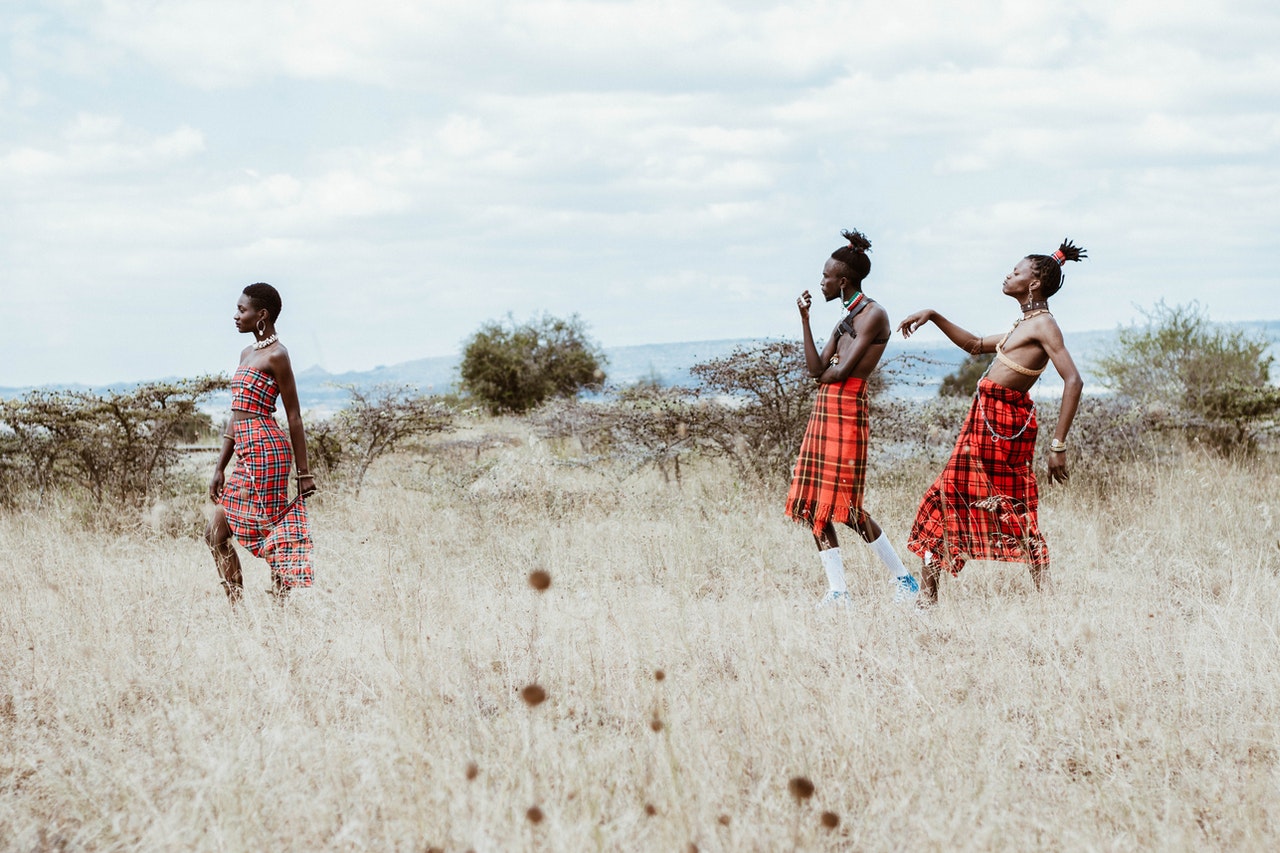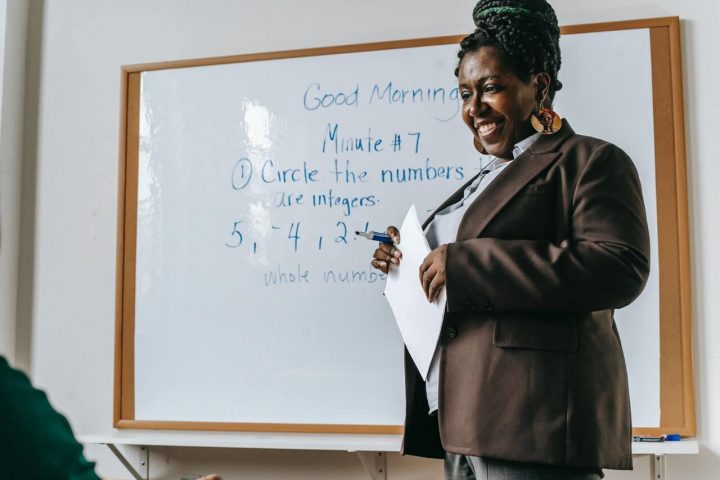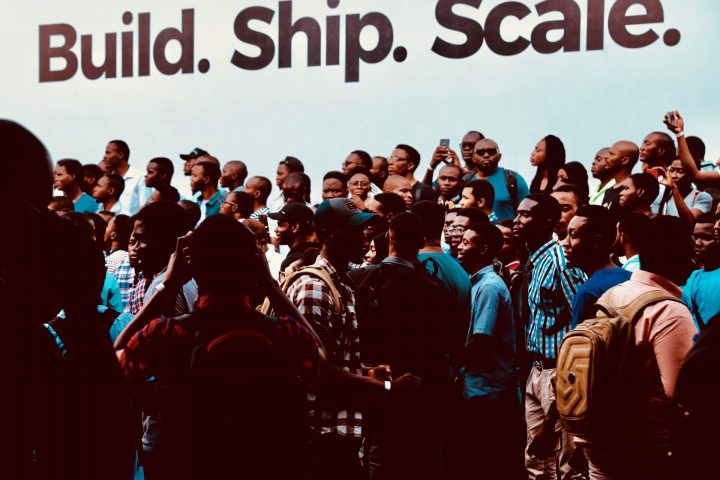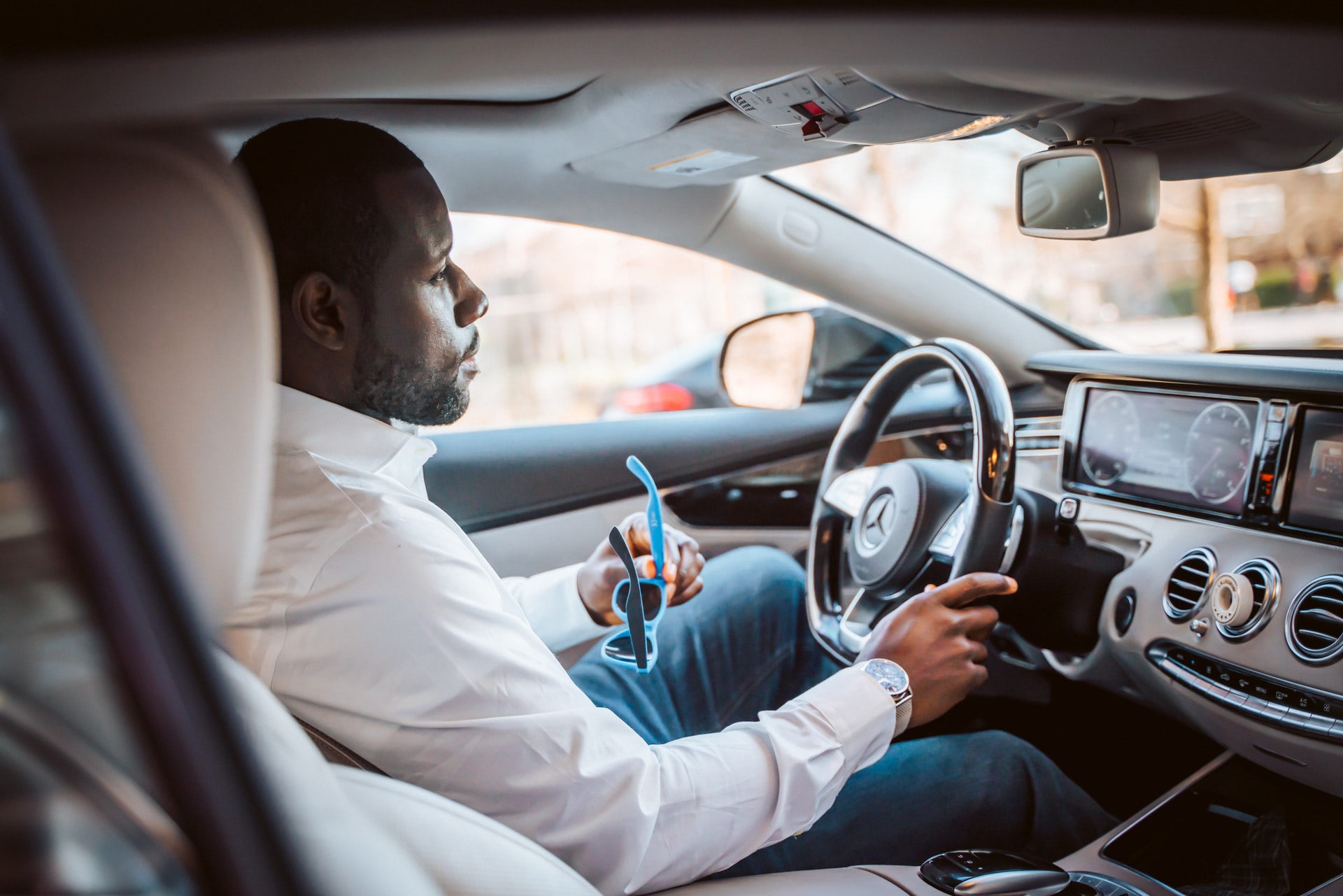There are many African tribes – more than 3000, spread across 30.37 million km² of land. These tribes have had the ability to maintain their ancestral cultural practices in this modern age. Giving us a sneak peek into the past – an existence before cars, permanent structures and even, the internet.
In this article, you will learn about five fascinating African tribes.
What is a Tribe?
A tribe is an organisation of people who share the same culture, language and ancestry.
Many African tribes used to live within the same geographical regions. Over time, however, factors such as availability of food resources, urbanisation, and others, made them inhabit separate locations.
5 Fascinating Tribes You Should Learn About
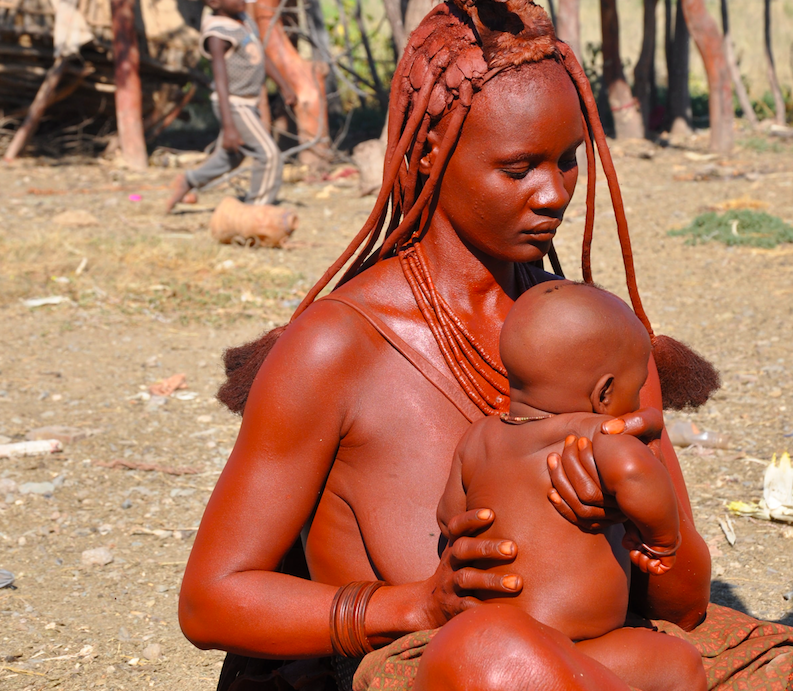
1. The Dogon
The first African Tribe on our list is the Dogon of Mali.
A majority of the Dogon currently live in isolated cliff-dwelling villages close to Timbuktu, a place that they have lived in for millennia.
The ancient Dogons were great astronomers. For instance, they knew that the earth rotated around the sun – even before Galileo Galilei made the discovery. At the moment, many speculate the origin of their knowledge.
According to the Dogon, their ancient ones knew the number of moons Jupiter has. They could accurately tell the number of rings of Saturn and mapped out the position of the Sirius constellation. Each rotation by Sirius was used to mark a new generation through a festival known as ‘Sigui’.
In present time, the ancient festival Sigui still remains as a big part of the Dogon tribe’s present-day life. Every 60-65 years, the Sirius constellation appears between two mountain peaks in Mali, marking the start of Sigui.
Before the ceremony, young men – initiates into the new age set/generation – go into seclusion for three months. There, they converse in a secret language known as ‘Sigi So’ and carve Great Masks called the ‘Imina na‘. After seclusion, the initiates wear the masks – usually several meters in length. They then perform in a procession of dances that move from village to village.
The last Sigui was celebrated from the year 1967 to 1973. The next Sigui starts in the year 2032.
2. The Hamar
Speaking of rituals that have stood the test of time. Our second African tribe, the Hamar, have managed to preserve one of their most important ones.
The Hamar are a pastoralist tribe that lives in the Omo River Valley of Ethiopia. They herd cattle which are sources of financial esteem and which are intertwined with their unique initiation ceremony – ‘Bullah’.
The Bullah ceremony brings together young men who are to pass into the next stage of their lives.
During Bullah, the male initiates successfully jump over a dozen or so cattle bulls. They do this to prove that they are ready to become men. As the Bullah continues, the Hamar tribeswomen are whipped on their backs as they cheer the initiates on, a life-long mark of affection.
If by any chance an initiate does not succeed to jump, they receive a whipping from the rest of the community. This is accompanied by the pain of shame from the failed attempt.
To date, this practice is ongoing. However, there are efforts by the Ethiopian government to encourage alternative (pain-free) initiation ceremonies.
3. The Himba
In the middle of the Namib desert lives an African tribe known as the Himba. They are a largely pastoral community.
The Himba apply a unique red ocher bodypaint to their skin, giving them the name “The Red People of Africa”. The Himba use butter, animal fat and a naturally occurring earth pigment to make the unique body paint, known to them as ‘Otijze’
Otijze protects the Himba from the harsh Namib sun and heat. The tribe members also use it as a shield from insect bites, and as lastly a beautification tool.
To this day, they utilise this unique method of protection from the weather elements as a day-to-day survival method.
4. The Wodaabe
The Woodabe is the fourth tribe on our list. Since ancient days, their lives have been are greatly influenced by fashion and good looks.
This nomadic tribe spends most of its time traveling across the Sahara desert. Here, they move around looking for pasture for their herds of cattle and camels, and, to trade with their neighbours .
Once a year, all the traveling nomads of the Woodabe head to one place – The Great Gerewol Fertility Festival.
The Gerewol Fertility Festival is a celebration of love, lust and beauty. At Gerewol, members of the Woodabe tribe (which is largely polygamous) get a chance to experience true love (or lust). It is here that they look for their perfect mate or even, exchange their mates.
The Woodabe Men are usually the stars and main attractions of the Gerewol ceremony. During the festival, the tribesmen make fashion statements with their colourful outfits, dance styles and made up faces, which help them attract the perfect mate.
5. The Hadza
The Hadza are the last tribe on our list, and, one of the most interesting in our collection.
They live as a hunter-gatherer tribe in northern Tanzania, under similar conditions as their ancestors. Many of them have no permanent living structures and find ways to shield themselves during the rainy seasons.
In their day-to-day life, the Hadza move around in small family groups across the expanse of their region. The availability of food influences the movement of the Hadza who work together in family groups to hunt wild animals or forage for wild fruit.
Other than their teamwork, another interesting characteristic of the Hadza is their origin myth. This myth is eerily similar to the Theories of Evolution by Charles Darwin and Alfred Russel Wallace.
The Hadza Mystical Theory of Evolution
In the ‘Hadza’s Mythical Theory of Evolution’, they claim that their tribe/humanity has gone through four different kinds of generations/evolutions. With the he first known generation being the “Akakaanebee”- the “first ones”.
The tribe says that the Akakaanebee were hairy giants who did not possess any hunting tools. Instead, they used to chase down their prey and eat raw meat since they were not able to access fire as it was not yet invented.
After an unstipulated amount of time, the second generation known as the “Xhaaxhaanebee” or the “in-between ones” appeared on earth. The in-between ones possessed no hair and lived in caves. They were as gigantic as the Akakaanebee. The Hadza say that the In-between ones used fire and had even begun to tame wild animals such as dogs that would help them hunt their prey.
“Hamakwanebee” or “those of recent days” were the third generation. They invented hunting gear such as arrows, were able to tame fire and were significantly smaller than their gigantic predecessors. And lastly, came us…the “Hamayishonebee” or “those of today”.
Smaller than the giants of old, the Hamayishonebee have made leaps in finding other sources of energy other than fire. We have created new technologies have cures to ancient diseases. One of our biggest wins to date has been the invention of internet. The internet has been a Hamayishonebee tool that allows us to enjoy reading articles such as this.
Did you enjoyed reading this article? Check out our guide to the most famous African novels.
Change block type or styleChange alignmentReplaceAdd title
A wedding day is one of the most monumental moments in anyone’s life. It’s a day that brings together friends and family to celebrate the union of two people going on a journey of love, devotion, and partnership. If you are a bride looking for a wedding dress in Kenya or are planning to have something on your wishlist, you have come to the right place.
In this guide, you will find five of the best places to buy wedding gowns in Kenya to find the right dress for your special day.
Top Shops and Designers for Wedding Gowns in Kenya
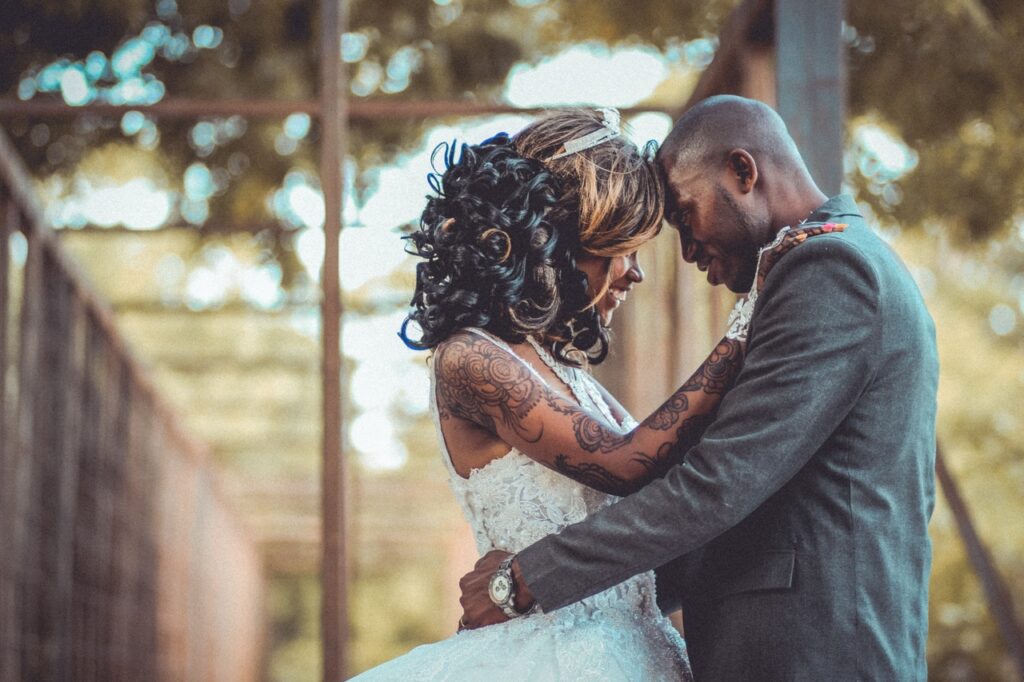
1. Galina Tatarinova
Galina Tatarinova is a designer, content creator, and co-founder of the Kenyan Fashion Awards. She designs and custom makes wedding gowns in Kenya.
With an eye for design, Galina’s wedding gowns stand out from the crowd with their unique stitches and style.
In fact, it is rare to see two brides wearing wedding dresses that look similar when you peruse through her work, which she displays on her Instagram page. Instead, she focuses on making each bride’s day special by ensuring that they have a wedding dress that is as unique as the bride herself.
2. Sidai Brides
Sidai Brides is a retailer of bridal dresses sourced from world-renowned bridal designers such as Maggie Otero, Wona Concept, and Pantora Bridal. They consider themselves professionals when it comes to matching a dress to its bride.
To see their range of dresses, or make an appointment that will bring you closer to your dream wedding dress, check out their Instagram profile, Facebook page, or website.
3. D&D Clothing
D&D Clothing has positioned itself as an African-centered clothing movement, perfect for any bride looking for a wedding dress in Kenya. Though they have numerous other categories for men, women, and even kids, D&D Clothing caters to brides. They dedicate efforts towards sourcing and custom-making wedding dresses.
They are available online and through their interactive website. Their website allows you to pick high-quality, unique designs that have been tailored to perfection. This website also allows you to have a one-on-one chat with a designer!
Head over to their site to see their wedding dresses designs. The perfect fit might be right there, waiting for you.
4. Ogake Bridals
If you are in the market for African Designers, especially Kenyan ones, then look no further than Ogake Bridal by Ogake Mosimo. Ogake Bridal is a distinct Kenyan atelier that provides a meeting point for personal tastes and unique, global trends.
They make their wedding dresses in Kenya but have the same quality as the best bridal shops found anywhere across the world.
Ogake Bridals has positioned itself as a luxury brand for many Kenyan brides. Some of these brides including Kenya high-profilers such a Zain Asher, Adelle Onyango, Hon. Naisula Lessuda, and Brenda Mwangi.
You can learn more about Ogake Bridals by visiting their Instagram page or website.
5. Colled Bridal (Formerly Lolita)
If you are at the coast, Colled Bridal might be a great bet for you. They specialize in affordable readily made bridal gowns. According to their highly popular Facebook page, they pride themselves in care about your wedding. They do this by being pocket-friendly and helping you stay within your budget.
They promise to deliver good service and beautiful clothes during that special day when everyone’s eye will be on you.
Honorable Mention
Samantha Bridals
This last one is not a wedding dress designer or store. Instead, it is a company that can help you to explore and find your wedding dress in Kenya, and other services. Samantha Bridals is one of the places where most soon-to-be-married couples go for advice. They hold annual events that bring together wedding vendors, ranging from event organizers to wedding dress sellers.
If you are planning for your wedding, reach out to them via their website. Better yet, catch one of their annual expos near you.


